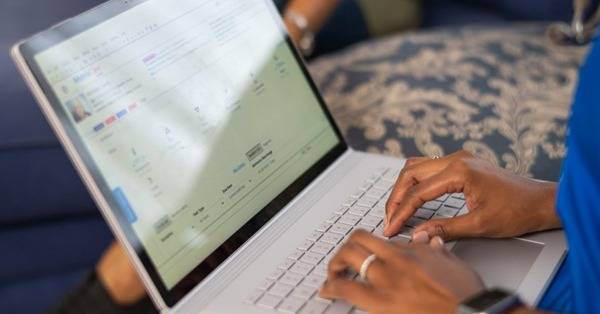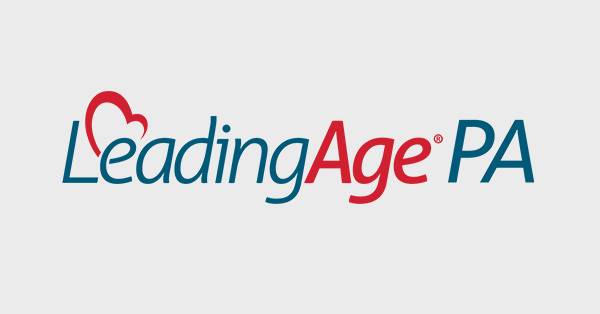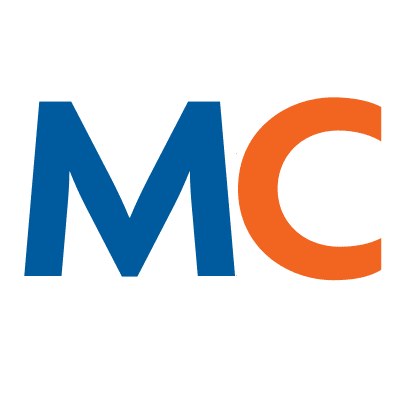- Solutions
- Solutions
- Home Health
- Hospice
- Life Plan Community
- Palliative Care
- Private Duty
- Senior Living
- Skilled Nursing
- Skilled Nursing
- Skilled Nursing Software
- Advanced Insights
- Customer relationship management
- Data and analytics
- Financial & operations management
- Marketing
- Nutrition management
- Referral management
- Regulatory compliance
- Retail management
- Resident engagement
- Revenue cycle management
- Skilled nursing interoperability
- Partners
- Blogs
- Resources
- About
- User Conference

How technology can enable better care transitions and improve resident outcomes
In senior living, using technology to gain a complete view of a resident’s health records can facilitate better care transitions by helping caregivers make more informed decisions. By delivering quality care more quickly, care providers can improve resident outcomes and reduce hospital readmissions, resulting in a better quality of life overall.
This need has been accelerated by the COVID-19 pandemic, as long-term care facilities went into lockdown and providers were forced to adopt technology for a range of purposes, including facilitating primary care and specialist visits via telehealth.
The pace of tech adoption has continued, and many organizations believe that EHR and other healthcare IT platforms can enable better care transitions and improve resident outcomes.
An August 2021 survey of physicians from Google Cloud revealed that 86% of respondents believe increased data operability would reduce the time it takes to diagnose patients, and 95% were confident healthcare IT would improve patient outcomes.
Moreover, 54% of respondents believe better and wider access to data via tech platforms had a positive impact on their organizations, and 61% said better access to patient health data would reduce administrative burdens.
Following are just a few of the ways that healthcare technology can enable better care transitions, improve resident outcomes, and benefit senior care organizations for the long run.
Reducing readmissions
At its core, an electronic health record (EHR) platform is a storage place for gathering clinical information and discrete data, so that clinicians and caregivers can make informed decisions on each individual resident, as well as use data to predict future potential adverse events for those residents.
The system enables all caregivers, from physicians to CNAs and nurses in long-term care facilities and assisted living communities, to input information on a resident’s condition and keep everyone involved in their care updated on their treatment—the physician and long-term care provider have the same information, in a centralized location.
Hospitals can use EHRs, like Epic and Cerner, to share documents as they discharge a senior housing resident back to the community, without needing to key in the information and risk data entry errors. When the senior housing staff receives this information, they can look down that list and understand all care planning updates, as well as make any modifications to that record as they treat the resident from a post-acute perspective.
EHRs can establish a better health baseline for the incoming resident, because all parties involved in a resident’s care know the information is coming in from a consistent and reputable source.
Creating workflow efficiencies
Healthcare IT can lay the groundwork for creating workplace efficiencies for all caregivers.
When a resident returns to a senior housing community after a hospital stay, receiving transition of care documents electronically into an EHR platform saves staff time that would have otherwise been spent scanning and filing the information.
When receiving data electronically, instead of manually typing data, users simply verify which information should be reconciled into their EHR—such as demographics, allergies, and diagnosis codes, as well as medications, which supports the medication reconciliation process. Senior housing caregivers can enter updates on a resident’s condition into the system, where the physician and other clinical staff can easily access and determine next steps, based on the condition of the resident.
This will become increasingly vital moving forward, as the senior care industry continues to shift toward a more clinically focused wellness culture. Having the ability to map a resident’s health journey and influence more positive health outcomes will ease pressures on physicians and caregivers, help stave off burnout, and facilitate better work-life balance.
Better monitoring of health factors
EHRs and other healthcare IT platforms can be used to establish baselines for resident health, identify key indicators of better health outcomes, and chart the progress of their health and wellness, based on those indicators.
Such indicators include monitoring for obesity, cognitive decline, and risk for falls. Establishing baselines for these performance indicators allows caregivers to recognize when residents are declining in a significant way—excessive weight gain or loss, an increase in falls, a decline in cognitive function, or loss of memory, for example.
The data entered into the EHR can be used to predict these indicators, for instance, to determine if certain medications are contributing to an improvement, or worsening, of condition.
Request a demo today for a closer look at MatrixCare.
See what MatrixCare can do for you
Frank Nash
Focused solely on Healthcare Information Systems for 20 years, Frank's teams have successfully built and delivered interoperability, clinical and financial web-based workflow applications in all aspects of the healthcare market. From Acute/LTAC to LTPAC, all delivered as SaaS solutions, to all types of users, from healthcare professionals to patients and families. Currently, Frank leads the CareCommunity platform team and telehealth solutions team at MatrixCare. CareCommunity is designed to connect all caregivers, as well as patients and their families, focusing on transitions of care, care coordination, and resident engagement. Prior to MatrixCare, Frank worked for Healtheon, the first healthcare company to build internet-based solutions for healthcare, and helped lead a startup, building interoperability, and other web-based workflow solutions, which lead to a successful exit to NTTData, a division of NTT.
Related Posts



See MatrixCare in action
Start by having a call with one of our experts to see our platform in action.
MatrixCare offers industry-leading software solutions. Thousands of facility-based and home-based care organizations trust us to help them improve efficiency and provide exceptional care.
© 2025 MatrixCare is a registered trademark of MatrixCare. All rights reserved.




